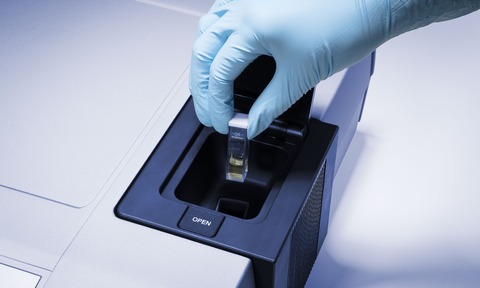
Anton Paar has demonstrated how the zeta potential of turbid and highly concentrated samples can be measured accurately and reliably using the Omega cuvette with its Litesizer 500 particle analyser.
Zeta-potential measurements are a convenient way to determine the stability of colloids against aggregation. In order for colloidal particles to remain in suspension, they must repel each other or they will tend to cluster together and undergo
sedimentation or coagulation. For particles to repel each other, they need to have a certain surface charge, which is reflected in their zeta potential.
Particles with a high zeta potential (positive or negative) will produce a well-dispersed suspension that is stable against sedimentation. Particles with a low zeta-potential, on the other hand, will tend to aggregate and the suspension will be
unstable. Thus, zeta potential is an important factor for the preparation or destruction of colloidal dispersions across diverse industries, such as biomedical technology, pharmaceuticals and polymers, as well as waste-water treatment.
In Anton Paar's Application Note, zeta-potential measurements were carried out on two different turbid and highly concentrated samples using two different instruments. All measurements were performed at 25 °C and three consecutive measurements were performed at each concentration to check for repeatability.






